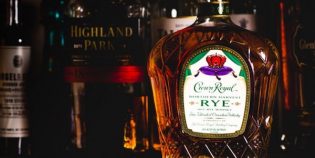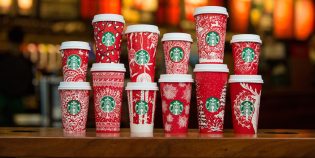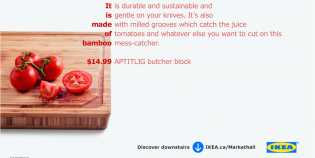
Microsoft Canada‘s recent contest to drive awareness and use of its Bing search engine found itself in an unlikely place–offline–when it partnered with Walmart‘s photo centres to create an in-store campaign.
Bing’s landing page is dominated by a photo that changes day to day. Microsoft launched a one-month contest in May called “Put Your Town On The Map with Bing” to get Canadians to submit their photos of local colour to the site. It hoped this would increase usage and awareness of Bing, which competes with Google and Yahoo for market share (a battle Google in currently winning).
The contest’s grand prize included several Kodak camera prizes along with bragging rights–the winning photo was featured on Bing.ca on Canada Day.
With an online voting portion, the contest was (predictably) promoted online with display ads, search engine marketing and a sizeable e-mail project that saw both Microsoft and Walmart contacting their customer database with contest details.
But the tech company also had presence in-store with signage and leaflets at 320 Walmart photo locations across Canada.
“We knew we wanted to partner with a photo processor,” said Jed Schneiderman, Bing’s director of marketing at Microsoft Canada. “Walmart is the largest photo processor in Canada, and their footprint spans English and French Canada. They were a logical partner.”
Ad creative–both online and off–was crafted by Taxi Montreal, which helped rebrand MSN.ca last year.
A public relations effort from High Road Communications helped drive 12 million impressions for the contest, according to the firm. Of the Walmart customers surveyed for recall, 95% said they remembered the contest or participated in it.
The contest eventually garnered just under 20,000 photo submissions and more than 460,000 visitor votes. The contest’s website earned more than 389,000 unique views.
The idea to bring the photo contest advertising in-store came from Schneiderman, who has a background in packaged goods and retail marketing. He previously worked at Procter & Gamble on Pert shampoo, Cheer laundry detergent and several cosmetic brands.
“I understand the retail environment to a certain degree and the [potential] of point-of-purchase marketing,” he said. “We’re always looking for different ways to reach consumers, and Bing in the United States has been able to raise its market share by leveraging different kinds of strategies and tactics.”
The U.S. Bing team ran a similar photo submission contest earlier this year, but without an in-store component. Despite a consumer market approximately 10 times larger than Canada’s, the U.S. contest only received 10,000 photo entries. Its web presence earned only 123,000 unique views.
“It’s probably a culmination of good online and offline marketing fundamentals” that drove the high consumer participation, Schneiderman said. “From an offline perspective, the retail partnerships were instrumental, but we did the online basics really well: we had a great landing page, we merchandised the photographs well, and integrated them well with Bing maps.”











